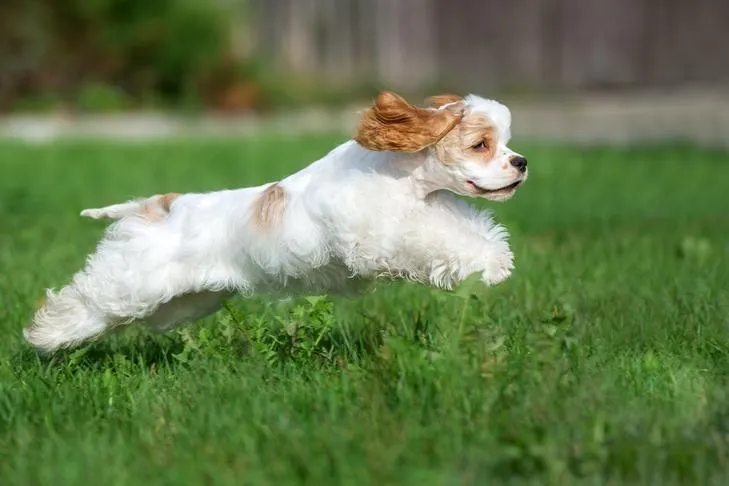Teaching your dog to come when called, also known as recall, is one of the most crucial skills they can learn. It’s a lifesaving command that ensures their safety and allows for more freedom during off-leash activities. However, recall training can be challenging, as dogs are naturally drawn to the myriad of interesting things in their environment. To build a reliable recall, you must teach your dog that being near you is the most engaging and rewarding experience. This guide will walk you through the essentials of achieving a dependable recall, ensuring your dog responds enthusiastically every time.
Understanding Reliable Recall
A “reliable recall” means you have a very high degree of confidence, around 99.99%, that your dog will enthusiastically return to you when called. While dogs aren’t robots and perfect consistency is an aspiration, a reliable recall is paramount for their safety, especially if you intend to let them off-leash in unfenced areas. It’s also a critical skill in emergency situations. For those who prefer to maintain control, alternatives like keeping your dog on-leash or using a long leash can provide ample opportunity for exploration while ensuring safety. Always remember to respect local leash laws, which often extend to your own property and public parks.
Effective Recall Training Strategies
Making training a game is fundamental to teaching a successful recall. Begin in a low-distraction environment, such as inside your home. Start by getting your dog’s attention with a favorite toy or a high-value treat. As they approach you, offer praise and then reward them. After a few successful repetitions, start introducing your chosen verbal cue – like “come” or “here” – just as your dog begins moving towards you. Ensure you only use the cue when you’re confident they are already on their way.
Gradually increase the challenge by calling your dog before presenting the reward. When they reach you, offer a highly desirable treat, such as pieces of chicken, cheese, or beef liver. Slowly increase the distance between you within your controlled environment.
Engaging Recall Games
- Catch Me: While your dog is on a leash, get their attention, then turn and jog a few steps away. As they follow, say your recall cue. Stop after a short distance and reward them with a treat or toy. Always ensure your dog is engaged before you start moving to prevent accidental leash yanking.
- Find Me: Once your dog has a good grasp of the recall, you can increase the pace by calling them from another room. The excitement of finding you, followed by abundant praise and rewards, makes this a fun “hide-and-seek” game.
- Hot Potato: Involve other family members or friends. Have them hold high-value treats and stand apart. Take turns calling your dog to come to each person, rewarding them each time they successfully respond.
A common mistake is to recall your dog only to leash them and end the fun. This can lead your dog to associate recall with the cessation of activity, diminishing their eagerness to come. Instead, try recalling them, rewarding them, and then releasing them to continue their play. This reinforces that coming to you leads to good things and doesn’t necessarily signal the end of enjoyment.
Addressing “Poisoned Cues”
If you find yourself repeating your recall command multiple times without a response, you might be dealing with a “poisoned cue.” This often happens unintentionally when a cue’s meaning becomes unclear or develops negative associations for the dog, leading them to ignore it. Overusing a cue without a response is a common way this occurs. The most effective solution is to introduce a new verbal cue, such as “here” or “close,” and return to the foundational training steps.
 Cocker Spaniel running in the yard. ©OTS-PHOTO – stock.adobe.com
Cocker Spaniel running in the yard. ©OTS-PHOTO – stock.adobe.com
Essential Recall Training Tips
- Avoid Repetition: If you need to repeat your recall cue, the environment may be too distracting, or your dog may not yet fully understand the skill at that level of difficulty.
- Reward Eye Contact: When your dog looks at you or chooses to be near you, offer verbal praise and a treat. Initially, frequent rewards are beneficial to reinforce that attention directed towards you brings positive outcomes.
- Never Punish a Recall: Always praise your dog when they come to you, even if it took them a long time. Never punish them for responding.
- High-Value Rewards: Utilize high-value treats and toys during recall training, especially in the learning phase. This ensures your dog associates coming to you with receiving something excellent.
- Daily Practice: Gradually increase the difficulty and distractions. Rushing the process can confuse your dog and lead to unreliability.
- Emergency Recall: If you need your dog to recall in an emergency, avoid chasing them, as this might encourage them to run further. Instead, try running away from them to trigger their instinct to chase you.
For more insights into various training techniques, explore how to get a stubborn dog to come, discover training a dog who pulls on leash, or learn how to train dog to come here. Consistent, positive reinforcement is key to building a strong and reliable recall that will serve you and your canine companion for years to come.
